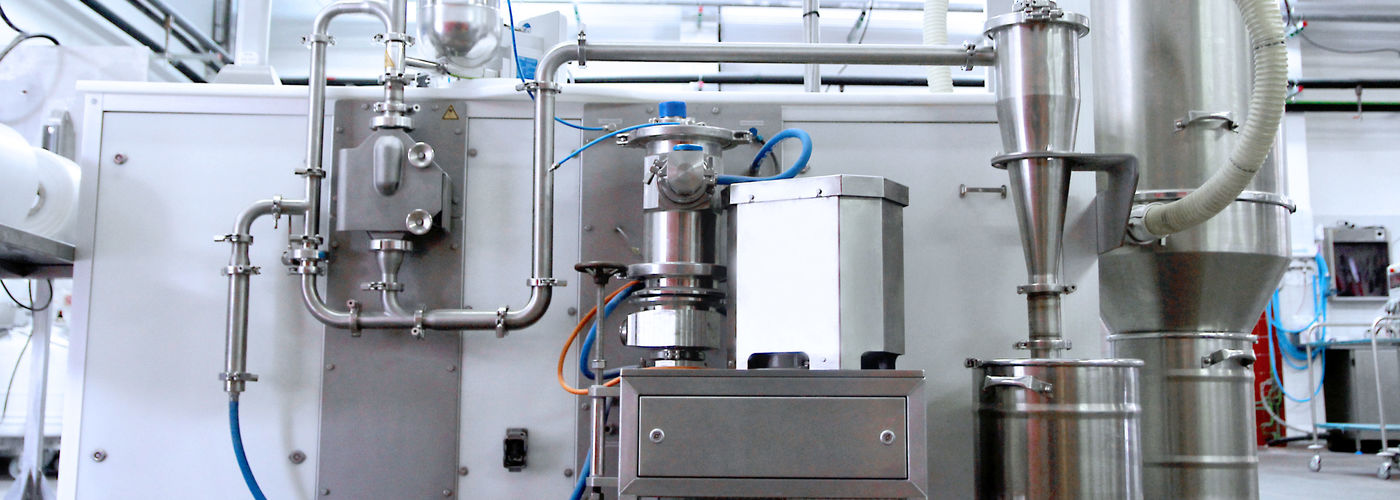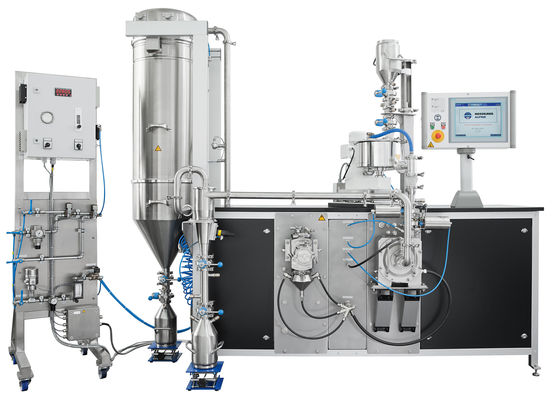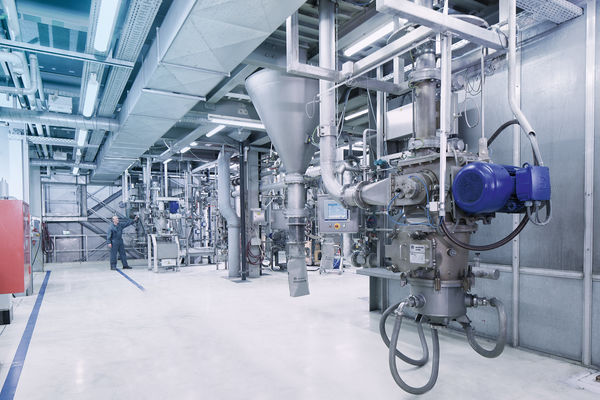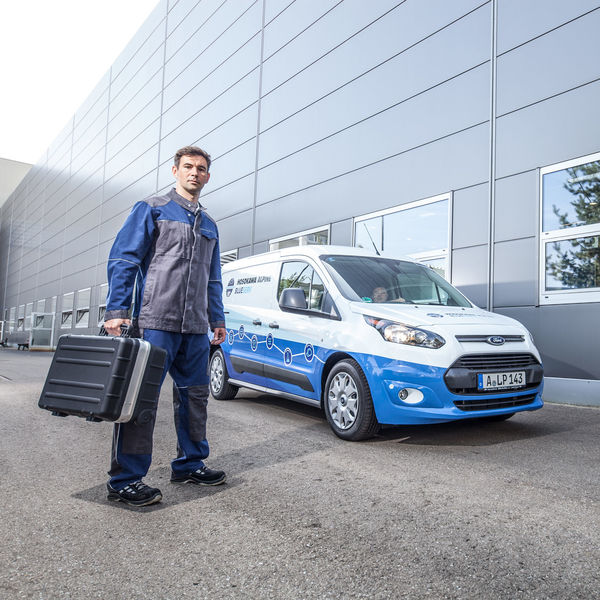When developing new products whose grinding properties cannot be predicted, the greatest possible flexibility is often required. For example, it may be necessary to switch back and forth between different types of mill, or a classifier or classifying mill must be added. But several systems take up a lot of space and often make the production process inefficient. For these tasks, multiprocessing systems have proven to be the perfect solution. In these mobile, very flexible system concepts, two or more different mill types are integrated into one system periphery. Therefore, it is possible to quickly switch between the required units.
- greatest possible flexibility
- well-known and proven Alpine mills, only in a smaller design
- small-batch production on a qualified, GMP-compliant plant
- use of a scale-up-capable process technology
- short changeover and assembly times as well as easy cleaning due to optimised dismantling capability
- compact system design on a laboratory scale
- system ready for operation on delivery





